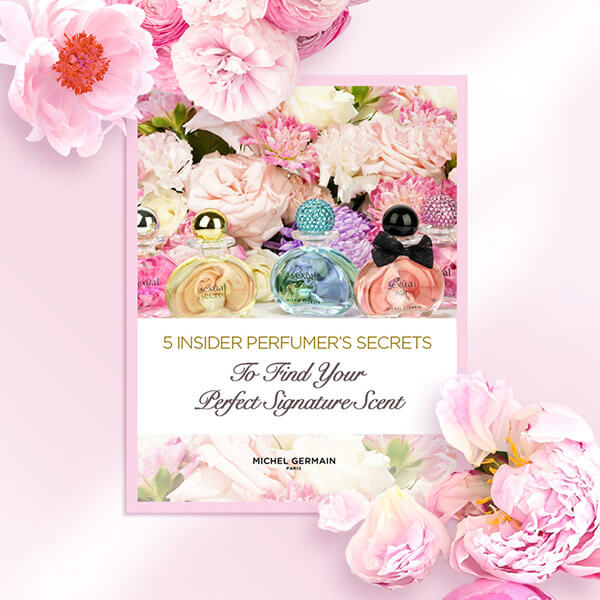Olfactory Fatigue: Why We Stop Noticing Certain Scents
Olfactory Fatigue: Why We Stop Noticing Certain Scents
Have you ever found yourself enchanted by the initial spritz of a favorite fragrance, only to feel as though it’s disappeared within hours? Despite this perception, those around you might still notice its alluring trail. This curious phenomenon, known as olfactory fatigue—or “nose blindness”—is a natural response of our senses. It is a quiet adaptation by the brain, allowing us to focus on new, potentially important smells while gently muting those we’ve grown accustomed to.
Understanding this fascinating mechanism not only deepens our appreciation of fragrance but also reveals why certain scents linger in memory, even when we stop noticing them ourselves.
The Science Behind Olfactory Fatigue
Olfactory fatigue occurs when the receptors in your nose, after prolonged exposure to a particular scent, begin to desensitize to it. This adaptation is a protective mechanism that helps prevent sensory overload, allowing you to stay alert to new aromas in your environment.
Olfactory adaptation is essential for survival, allowing humans to tune out repetitive, non-threatening odors and remain sensitive to novel stimuli, according to Chemical Senses. This ability enabled early humans to detect dangers such as fire or predators while living among the constant smells of nature.
On a biological level, once odor molecules bind repeatedly to receptors in the nose, the neurons responsible for transmitting the scent’s signal to the brain begin to respond less actively. Over time, the brain deprioritizes the familiar scent, giving preference to fresher, more immediate odors in the environment.
How Perfumers Tackle Olfactory Fatigue
For fragrance creators, olfactory fatigue presents both a challenge and an opportunity. The art of perfumery lies not only in crafting scents that captivate immediately but also in creating compositions that evolve beautifully over time.
-
Layered Fragrance Design
Perfumes are meticulously crafted with top, middle, and base notes that unfold sequentially. Top notes, such as citrus or green florals, provide the initial impression but fade quickly. Middle notes—often spices, florals, or herbs—emerge as the heart of the fragrance, while base notes like amber, vanilla, and woods linger long after. This intentional evolution ensures that even as you stop noticing certain aspects of a fragrance, others continue to reveal themselves. -
Testing and Neutralizing Techniques
Perfumers use techniques to combat their own olfactory fatigue during product development. Between scent trials, they reset their sense of smell by inhaling neutralizing agents such as coffee beans or fresh air. This allows them to evaluate each phase of a fragrance’s life cycle with clarity. -
Balancing Longevity and Harmony
The finest perfumes achieve a delicate balance between longevity and harmony. A long-lasting fragrance is not simply one with heavy notes—it is one that evolves in a way that feels natural and effortless to the wearer and those around them.
How to Combat Olfactory Fatigue as a Consumer
As a fragrance lover, you can take simple steps to experience scents more vividly and make more informed choices when selecting a perfume.
-
Limit Testing
When sampling perfumes, try no more than three or four at a time. Overloading your nose can make it difficult to distinguish the subtle nuances of each scent. -
Take a Break
Between tests, step outside for fresh air or use coffee beans to neutralize your sense of smell. These small resets can help your nose remain sensitive to the complexity of a fragrance. -
Apply Strategically
Focus on pulse points like the wrists, neck, or behind the ears when applying perfume. These areas radiate heat, helping the fragrance diffuse and evolve throughout the day. -
Experience the Full Cycle
Give a fragrance time to develop before making a judgment. What begins as a bright burst of citrus may transform into a warm, comforting base of amber or woods as the day progresses.
Why Olfactory Fatigue is a Gift
Though olfactory fatigue can seem like an inconvenience, it serves as a reminder of how deeply personal and dynamic our sense of smell is. Fragrances are designed to be experienced over time, their beauty revealing itself in layers.
While we may grow accustomed to our own signature scent, its invisible presence continues to weave through our lives, creating memories and impressions that linger long after we’ve moved on. Olfactory memory is among the most enduring forms of memory, often tied to emotions and experiences in ways we scarcely realize.
Embracing the Evolving Nature of Scent
Olfactory fatigue invites us to slow down and savor the complexity of fragrance. Rather than expecting an unchanging experience, we can embrace the way a scent shifts and adapts, revealing new aspects as time passes. The next time you spray your favorite perfume, take a moment to appreciate its journey—how it whispers its presence, fades, and reemerges in unexpected ways.
Fragrance is not just about smelling—it is about feeling, remembering, and connecting. Even when your nose grows accustomed, the story of your scent continues to unfold, lingering in ways that words never could.





